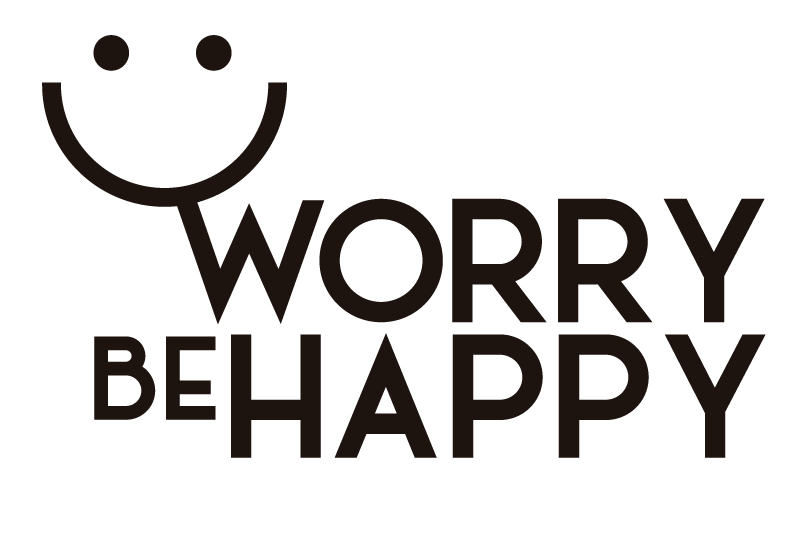People ask me what my PKM’s setup is.
The apps I use and like the most. I think my 5-year journey can help you.
For each move, you’ll see what I get and why I made it.
What’s My PKM’s Action System?
I’ll focus on my Action System in this article because I consider it crucial.
It’s the one that leads your actions.
It moves you from esoteric goals to pragmatic daily action items.
It answers the simple and, at the same time, complicated question: What do I have to do now?
My Situation
Before thinking about your PKM, you should have clearly defined your situation, who you are, and what you’re aiming to know what you can demand from your PKM.
My situation is this:
- I’m not a researcher.
- I’m not a person who’s preparing for a PhD.
- I’m an entrepreneur managing 4 businesses simultaneously with a +50-people team.
That’s why my Action System has:
- To be fast, allowing me to quickly store anything that comes to my mind or appears in my life, retrieving it as easily as possible.
- To give me an easy way to manage hundreds of tasks and dozens of projects, moving forward all of them on a daily basis.
- To run smoothly, frictionlessly, becoming an ally, not an enemy or obstacle to achieving my goals.
- To do what the physical part of my brain cannot do.
With all the requirements above, now you’ll better understand why I’ve made each move.
My 5-Year Journey
I’ve decided to start 5 years ago because my journey began 30 years ago, and I don’t want to bore you.
Besides, I’ve made the most moves in this period of time.
I always state it’s workflows that matter, but apps help a lot in polishing and improving them.
It’s a two-way road: I look for apps where I can implement my workflows and, at the same time, my workflows improve thanks to the apps I use.
Stage 1: 2Do
What I Get
- Customization. It was the first tool where I really felt I could design and implement my own workflow.
- Speed. It was really fast to see a lot of different views thanks to the ways I had to group and show tasks.
Why I Made the Move
- Whenever my number of projects and tasks began to grow, the system collapsed. And me too.
- Also, I didn’t feel comfortable with the GUI/UX experience.
Stage 2: Omnifocus
What I Get
- A much better and nicer GUI/UX experience. This company bet on Apple from day 1. Period.
- A solid tool to work with many projects and tasks.
Why I Made the Move
- Again, as my life got more complicated, the system, again, collapsed. There was a moment of no control. I couldn’t live that way.
Stage 3: Notion
What I Get
I thought Notion was a note-taking app. I was wrong. It is a no-code framework to design whatever you need.
For me, it was like going back to dBase, a relational database system I used in the 90s.
Notion was a big leap because, now, I could design the system of my dreams.
Why I Made the Move
Plain-text tools started appearing: Roam was my first try. Obsidian was next.
Plain-text tools are fast. Nothing compared to Notion’s way of doing things.
Plain-text tools equal freedom for me. Not worrying so much about where I should put this. Instead, I just put it in the system. It’s the system that takes care of it.
I first failed using Roam. Maybe a too big step at that time. I bet on Obsidian.
Stage 4: Obsidian
What I Get
I firstly didn’t use Obsidian as my Action System but as my Thinking System.
It became an amazing revolution.
It was the first time I felt the digital part of my brain, my PKM, was using the exact same workflows as the physical part of my brain. My goal in life!
I felt easy without any friction at all.
Little by little, as I began to polish and improve my workflows, I made the move, using Obsidian not only as my Thinking System but also as my Action System.
Here you can have more info: Why Am I Moving Part of My Action System from Notion to Obsidian?
If Notion allowed me to customize it a lot, Obsidian was even one step beyond.
Why I Made the Move
I admit it. Using Obsidian made me feel like going back to the past. Sorry to say that.
The GUI/UX wasn’t comfortable for me.
I had to set up many things, using plugins, queries, and stuff I think a 2022 user shouldn’t worry about. I always look for simple things in life. My PKM has to be as simple as possible.
If you want to know more reasons, here you have a deeper dive: How and Why I’ve Dramatically Improved My PKM by Switching to Mem After 1 Year Using Obsidian.
Stage 5: Mem
What I Get
This is where I’m now.
It’s the best system I’ve ever had.
Mem has unified all my 4 systems within my PKM: Capture, Process, Action, Thinking.
It wasn’t my goal because I’ve always said one has to use the best app for each system or feature.
The point is Mem is amazingly related to all those systems:
- I’ve never captured info in such an easy way.
- I can process and create actions or lines of thoughts in a matter of seconds.
- I can manage hundreds of tasks and recall information effortlessly and intuitively.
I’m using the exact same workflows in my brain’s physical and digital parts. No friction! Goal achieved!
Mem X
Mem X is the next step and the most essential for me. I do believe the future of PKM systems is AI. No need to be Einstein to state that. It’s common sense.
A system that shows you unexpected relationships between ideas, that inspires you without looking or asking for that inspiration is my dream.
I love how these guys are approaching the management of information. It really resonates with me. That’s why I bet on them.
Meanwhile, I’m enjoying the best PKM’s architecture I’ve ever had.
Takeaways
- Clearly define your situation and what you’re looking for.
- Analyze your needs when managing data.
- Try to define your workflows perfectly. Polish them.
- Based on that, choose the best apps to make them true in the easiest way.
Photo by Dino Reichmuth on Unsplash.

